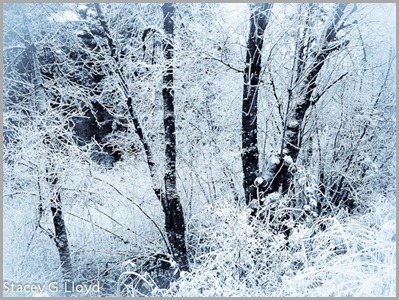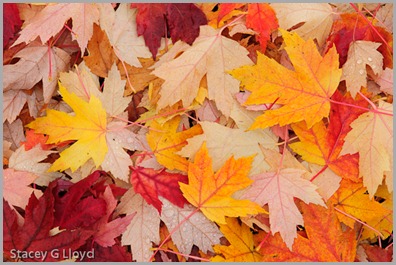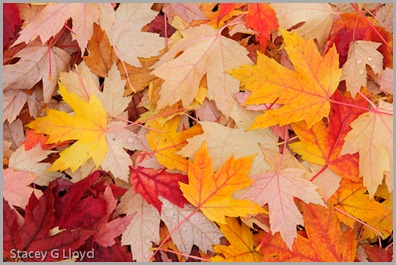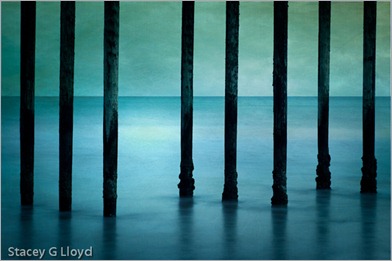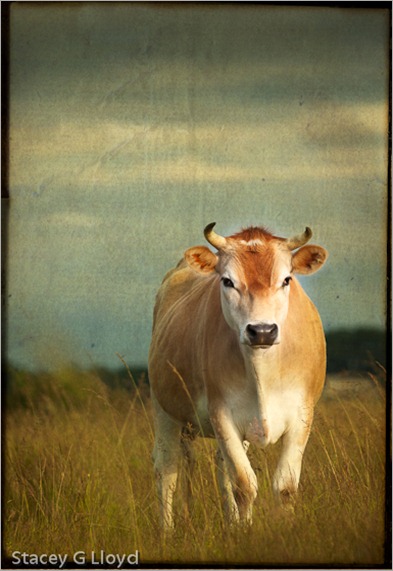As you may have noticed I have been away from the blog longer than usual. There are several reasons for this: the busyness of the holidays, a death in the family and work on a new combined blog/website.
The blog image was captured with an iPhone. While driving to a car shop, my wife and I accidently stumbled across a small area where there was a local “hoar” frost. It was absolutely stunning. A mile or two in either direction there as nothing. I didn’t have my main camera gear (shame on me) so I got out the iPhone and grabbed a couple of images. I added a bit of a white vignette to give it that out the window look . In addition I converted it to a selenium toned image (to add the cold blue hue).

